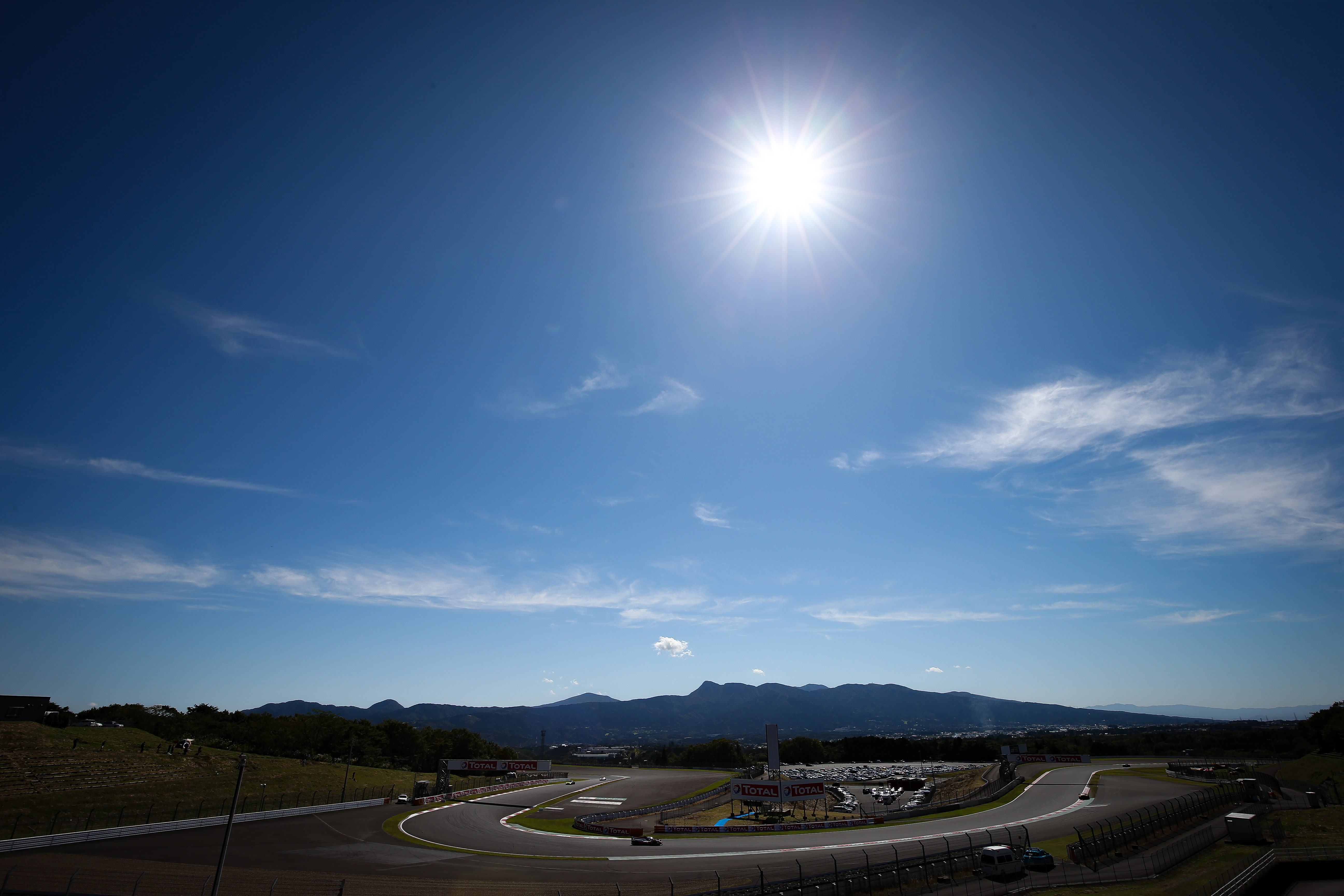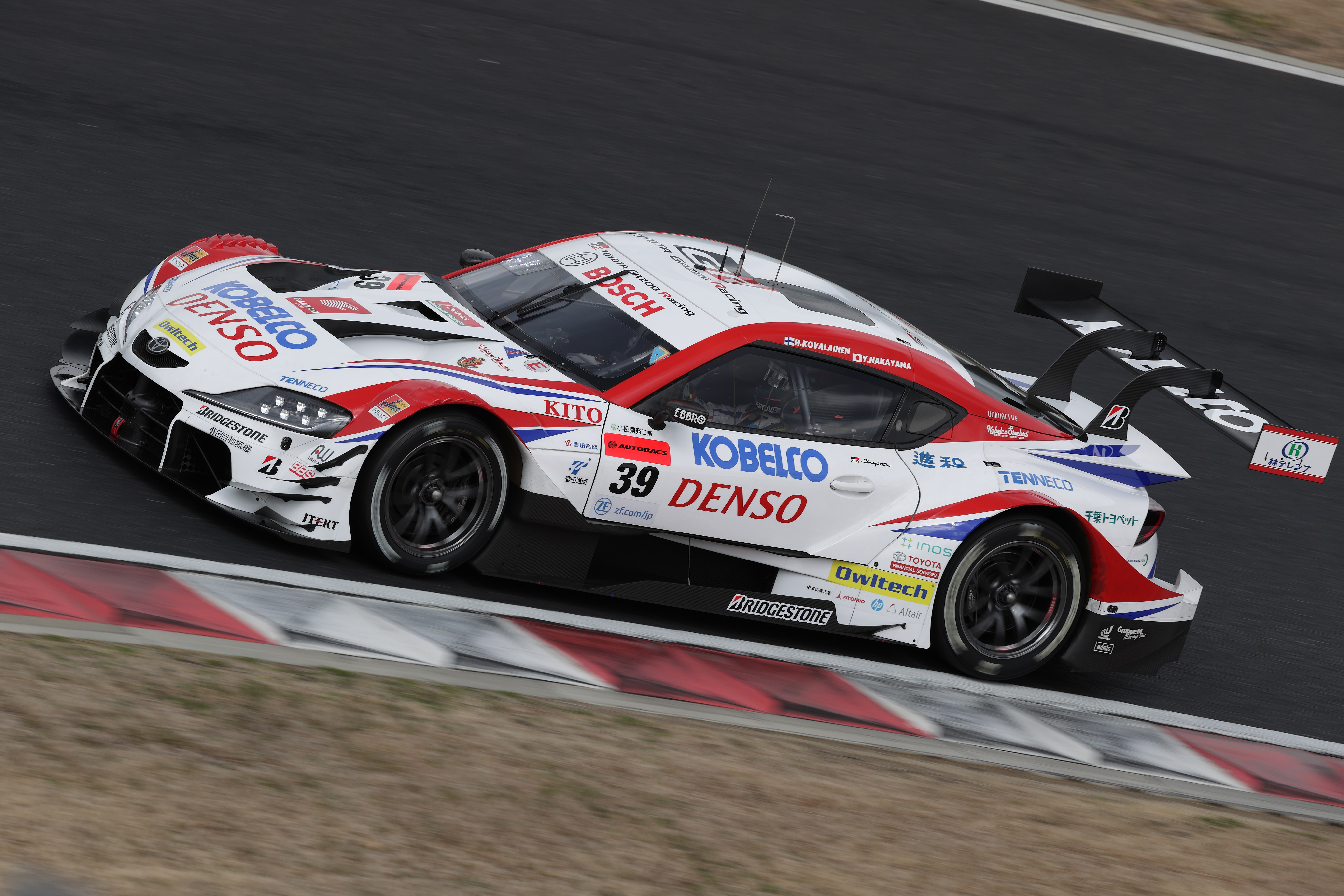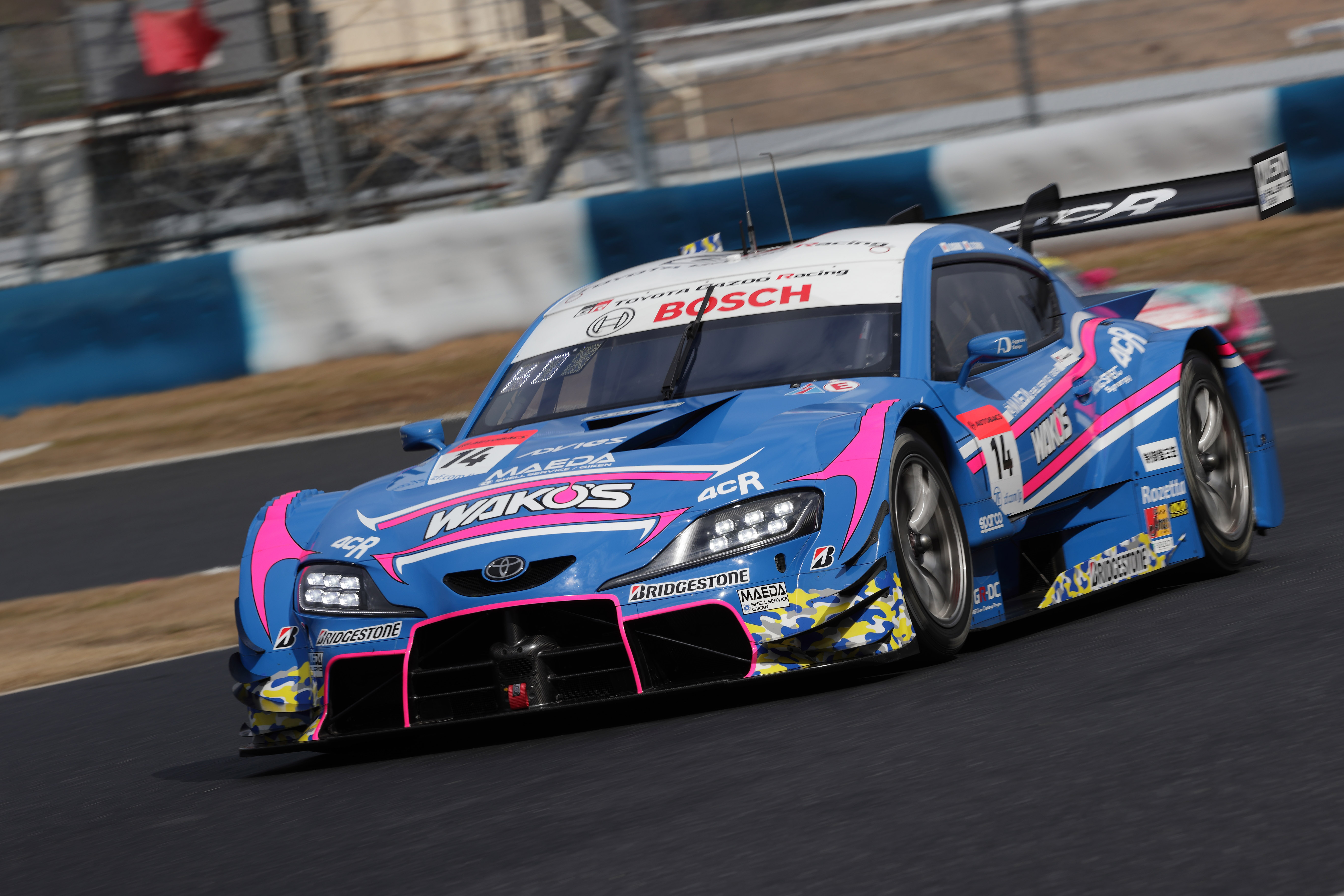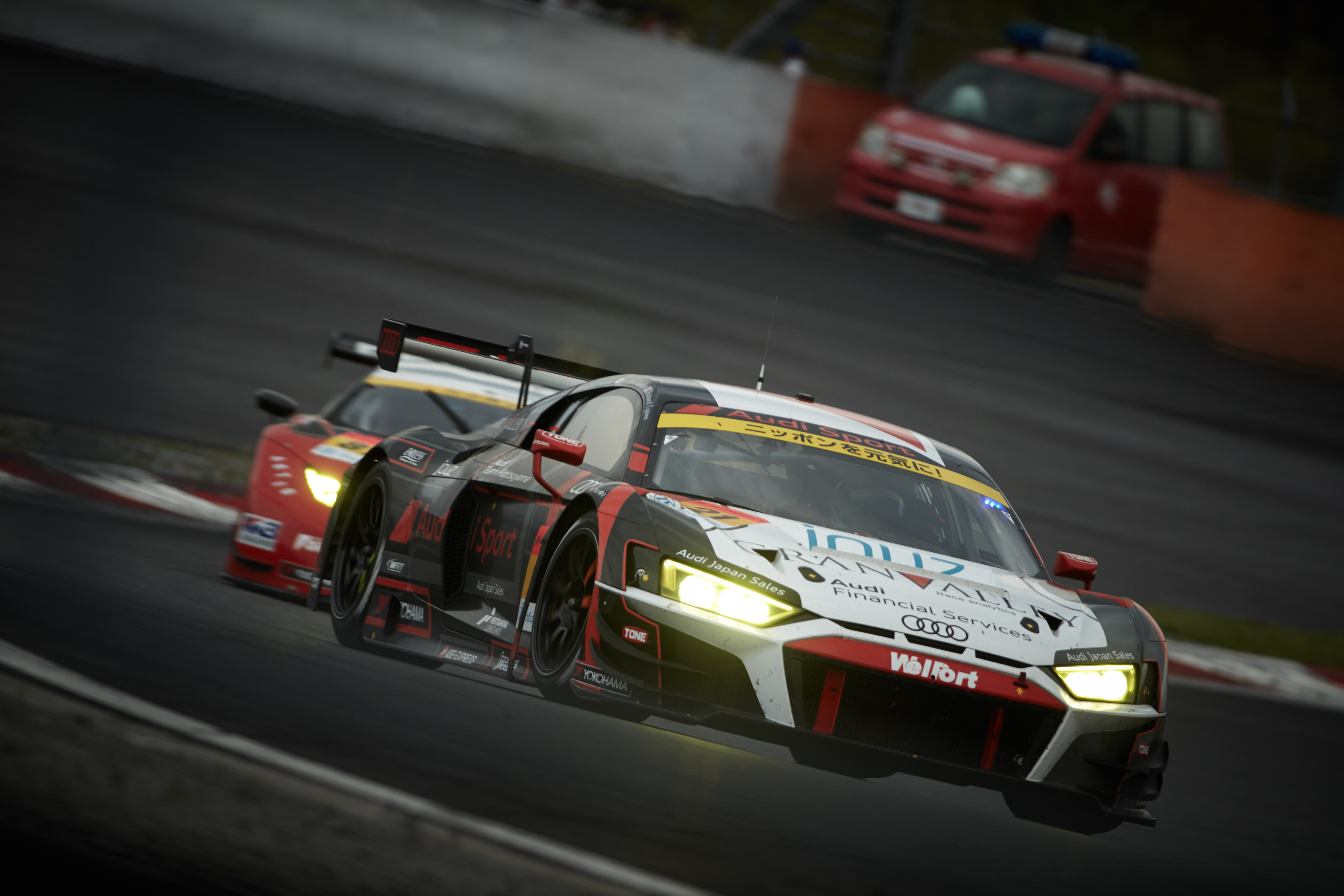Japan’s Super GT series is one of the world’s hardest-fought sportscar championships – and The Race’s YouTube channel is the only place you can watch it outside Japan this season.
Ahead of the racing beginning with a 300km event at Fuji on Sunday, Sam Smith picked out five reasons to watch the 2020 campaign.
A Fuji-tastic season

Get used to evocative shots of the mighty Mount Fuji (if visible) as half of the rescheduled season – delayed, like the rest of real-world motorsport, by the coronavirus pandemic – will take place at the Speedway noted for its almost never-ending start/finish straight.
Four of the eight dates are being held at Fuji and the other four split between Suzuka and Motegi, with the series culminating with a finale back at Fuji on the final weekend of November.
Blink and you’ll miss it because like the majority of major championships the global COVID-19 pandemic has accounted for the late start and also ensured that organiser GTA will run initial events as mostly one day meetings.
Although there will be a practice session on Saturday, the following day will feature all the main action with qualifying and the 300km race taking place within the same day.
The bulging GT300 class will be split into two separate groups for the qualifying session.
New-look regs

A new GT500 ruleset kicks in this season with a basis steeped in the Class One regs as used in the DTM but with significant changes that are likely to shake up the order.
Standard Bosch ECUs and spec suspension form the basis of a new look for the series that means the new Toyota GR Supra GT500 making its debut.
A modified Nissan GT-R NISMO GT500 and a new front-engined edition of the Honda NSX-GT will make up the grid of 15 entries for the first race this weekend.
It’s still Bridgestone vs Michelin vs Yokohama vs Dunlop in Super GT’s long running tyre war.
Bridgestone usually has the upper hand but there have been rumblings after the recent test that Yokohama may have closed the gap somewhat.
Champion moves to new team

Reigning Super GT champion Kazuya Oshima has switched to a (kind of) new operation called TGR Team Wako’s Rookie running a GR-Supra.
The new outfit, which is essentially a second Cerumo run car, will field Oshima partnered up with Sho Tsuboi, who moves from the Lexus Bandoh outfit.
Driving for the spiritual successor to Team LeMans, which dropped off the grid due to a falling out with Toyota last season, Oshima set the pace in the early part of the Fuji test session last month, which bodes well for him to try to become the first back-to-back Super GT champion since Tsugio Matsuda and Ronnie Quintarelli in 2014/15.
Domestic drivers aiming to end title droughts include Cerumo’s pair of Hiroaki Ishiura and Yuji Tachikawa.
Three times JGTC/Super GT champion Tachikawa last won it in 2013 with Kohei Hirate while Ishiura’s last success dates back 13 years to 2007 when he triumphed in GT300.
Slow start for ‘gaijins’

Non-Japanese drivers will have a fragmented start to the season with Heikki Kovalainen, Christopher Mies, Andre Couto and Nicki Thiim all unable to make it due to travel restrictions from their respective residences.
Kovalainen’s seat at SARD will be filled by reigning champion and current Toyota Gazoo Racing squad member Kenta Yamashita.
However, several foreign racers have made it to the opening race or have had the luxury of residence in Japan. Among these are Jann Mardenborough (pictured above) and Ronnie Quintarelli, who will race Nissan GT-Rs for the Kondo run Realize Advan and Motul Autech teams respectively.
Mardenborough shares with fellow Nissan e.dams Formula E test and development racer Mitsunori Takaboshi, while Quintarelli hooks up with Tsugio Matsuda for a seventh consecutive season.
Mardenborough’s flatmate in Tokyo, Nick Cassidy will complete what is likely to be his final full Super GT season after recently being announced as Sam Bird’s replacement at the Envision Virgin Racing Formula E team.
The 2017 champion will share an updated GR-Supra for TOM’s with long-time partner Ryo Hirakawa.
Bertrand Baguette has been able to make it out to Fuji with a last-minute change of travel plans.
GT500 rookies include Sacha Fenestraz, who raced to a sixth-placed classification in the GT300 category last season. Last season’s Japanese F3 champion will aiming to emulate the departing Cassidy’s success in the coming years.
Bumper variety in GT300

Another bumper GT300 category grid will feature 30 cars of 14 different models ranging from a new Supra GT for locals Hiroki Yoshida and Kohta Kawaai to the return of BMW with an M6 GT3 for 2004 Le Mans winner Seija Ara and his team-mate Tomohide Yamaguchi.
Reigning champion Shinichi Takagi is now partnered by Toshiki Oyu instead of ARTA GT500-bound Nirei Fukuzumi.
The official Fuji test hinted that veterans Nobuteru Taniguchi and Tatsuya Kataoka could be early favourites with consistent quick times throughout under the watchful eye of their team manager, former Tyrrell and Minardi F1 driver Ukyo Katayama.
This campaign will feature a new success ballast for the GT300 runners, with teams now set to bulk up 3kg per championship point in the first six events.
A whopping 60kg will be applied to a race winner for the following race. From the seventh round onwards the ballast is reduced to 1.5kg per series point and for the finale at Fuji in November all ballast will be deleted.




